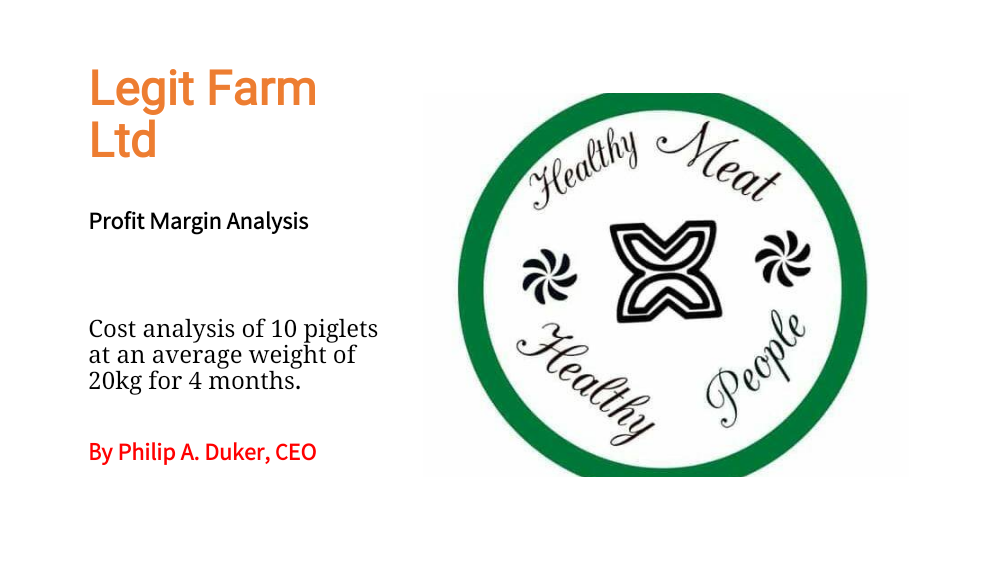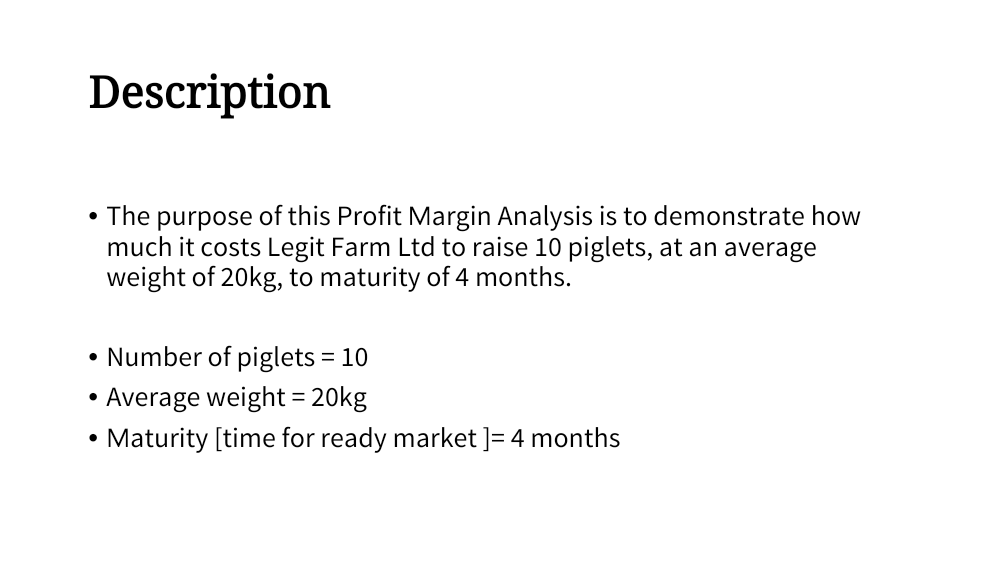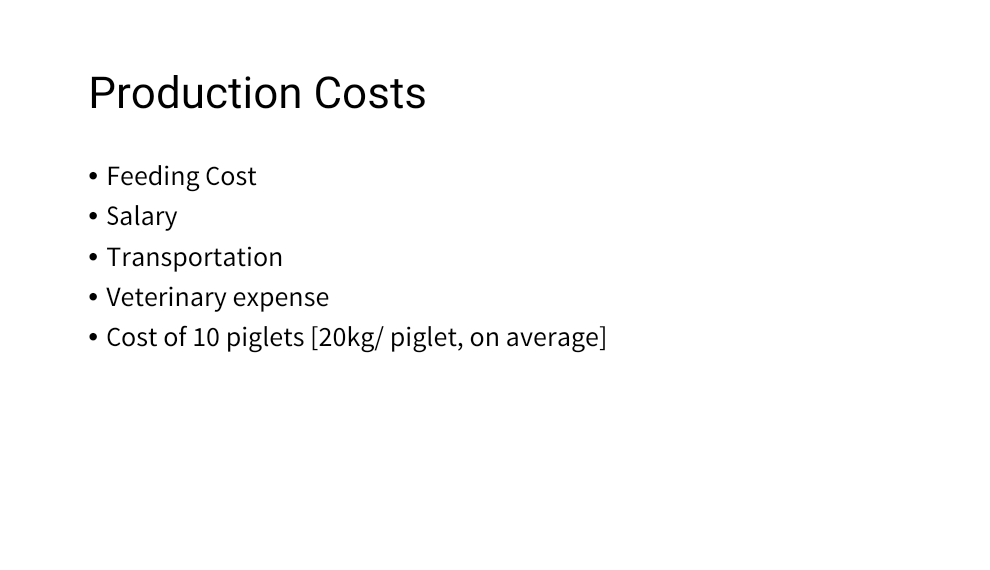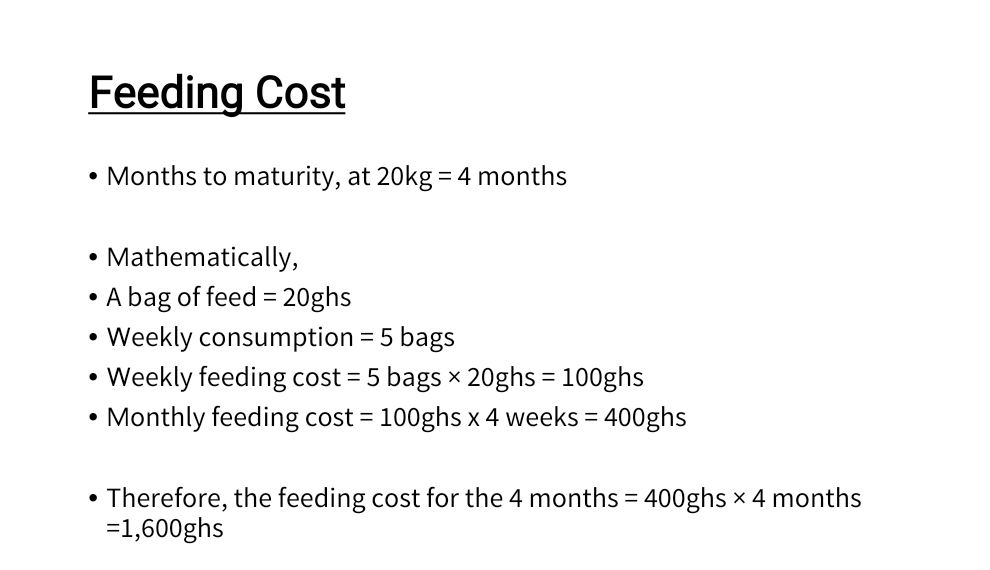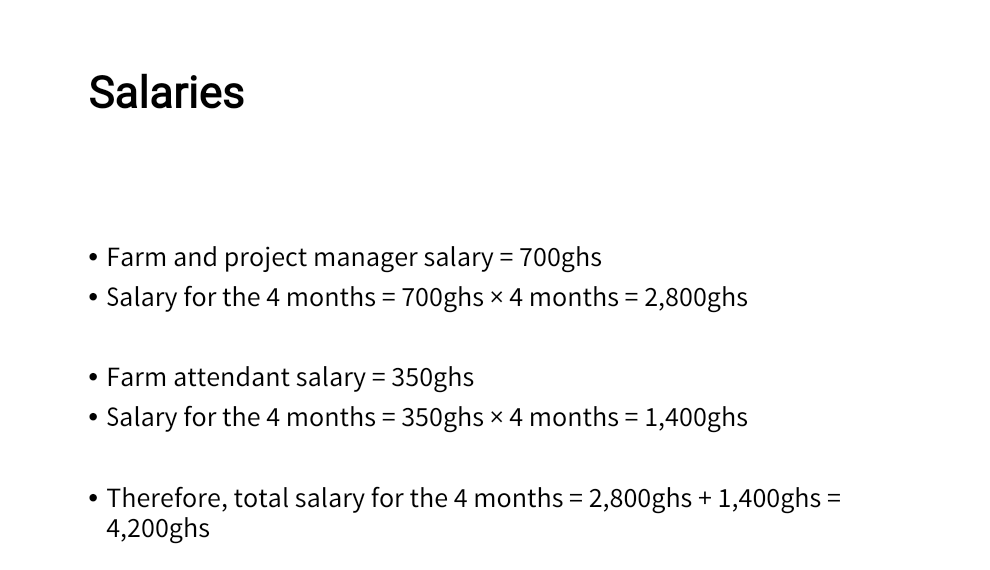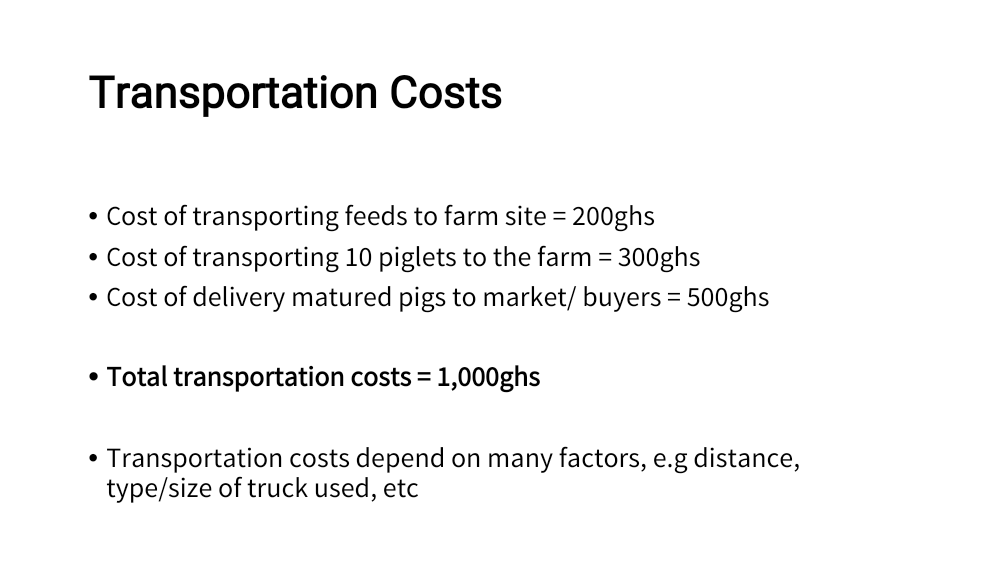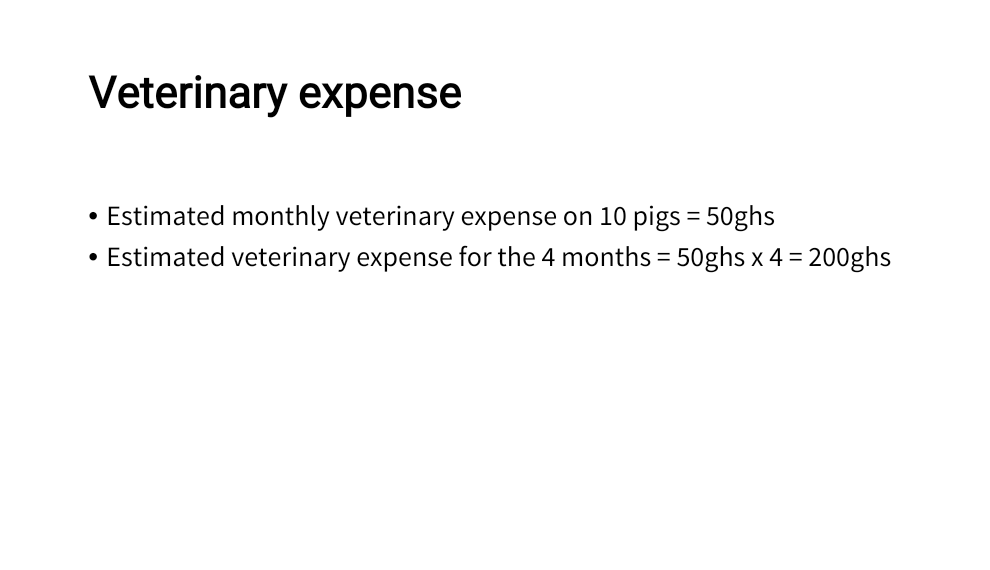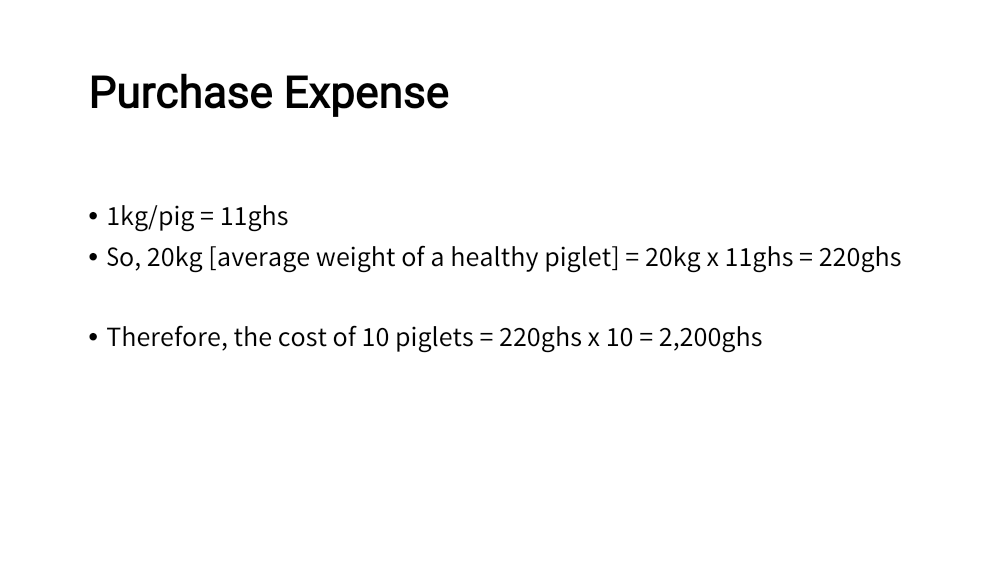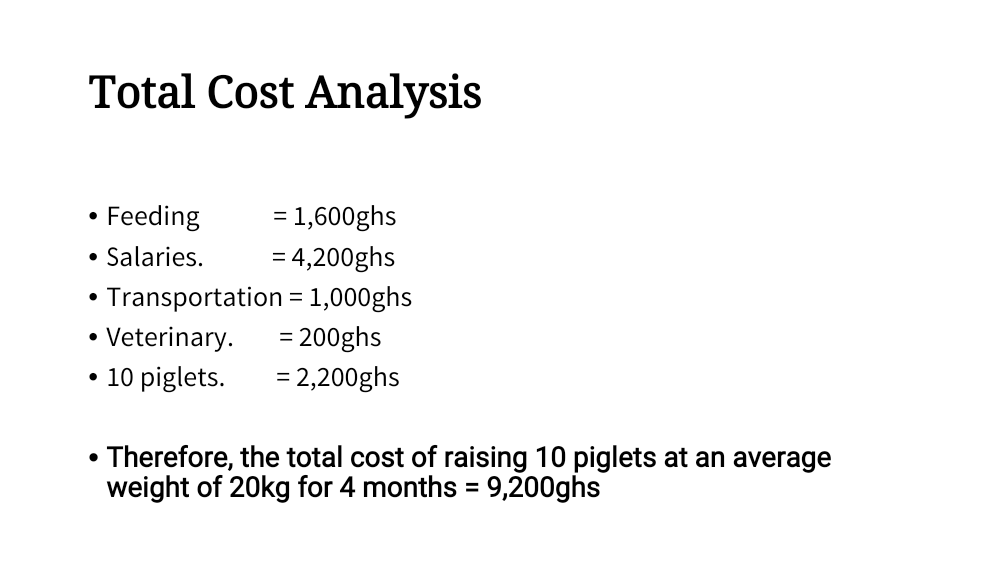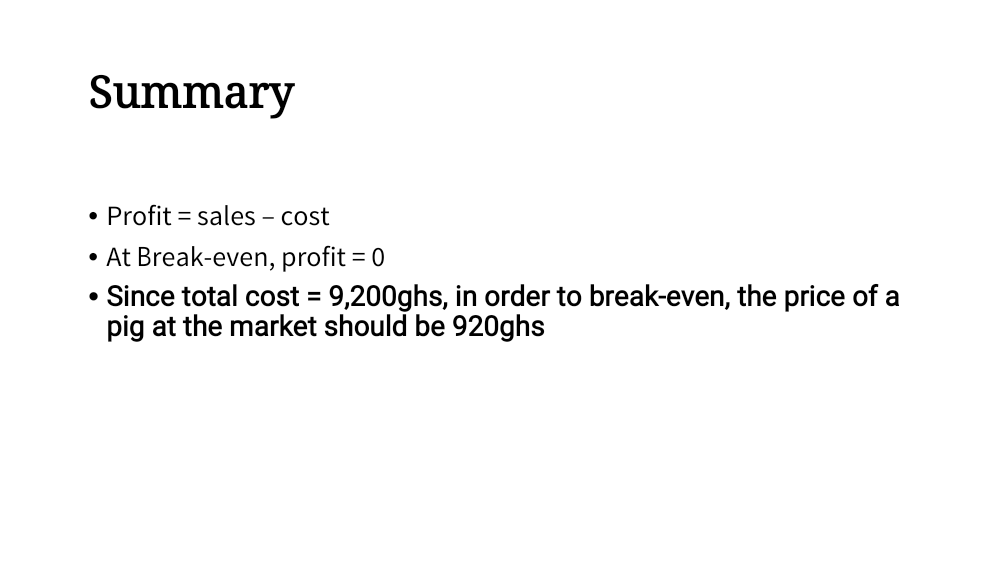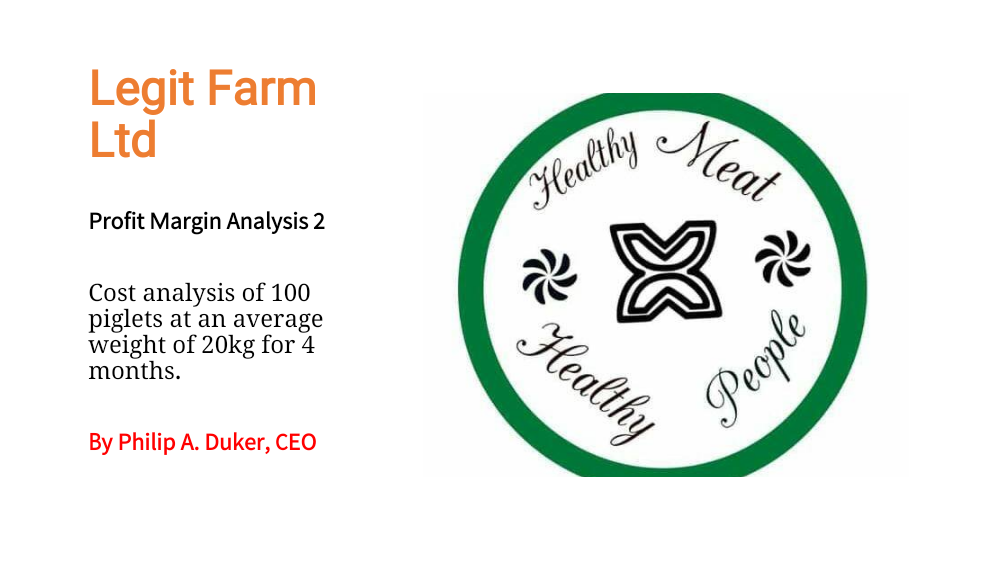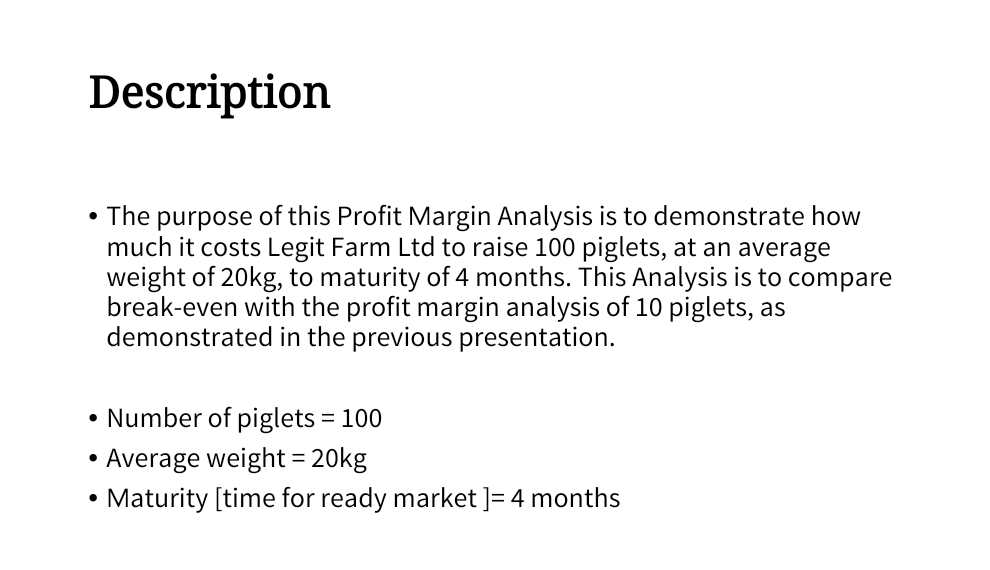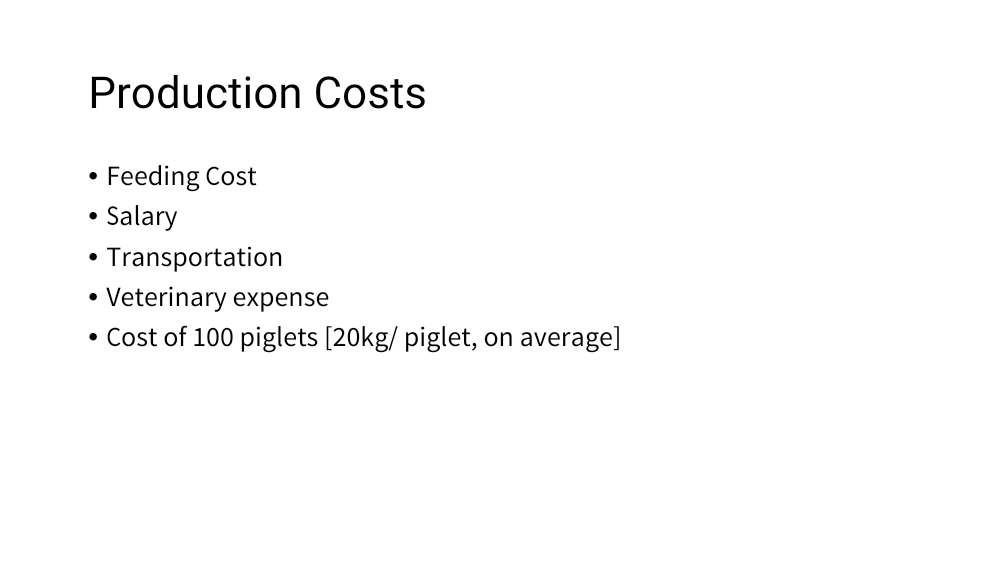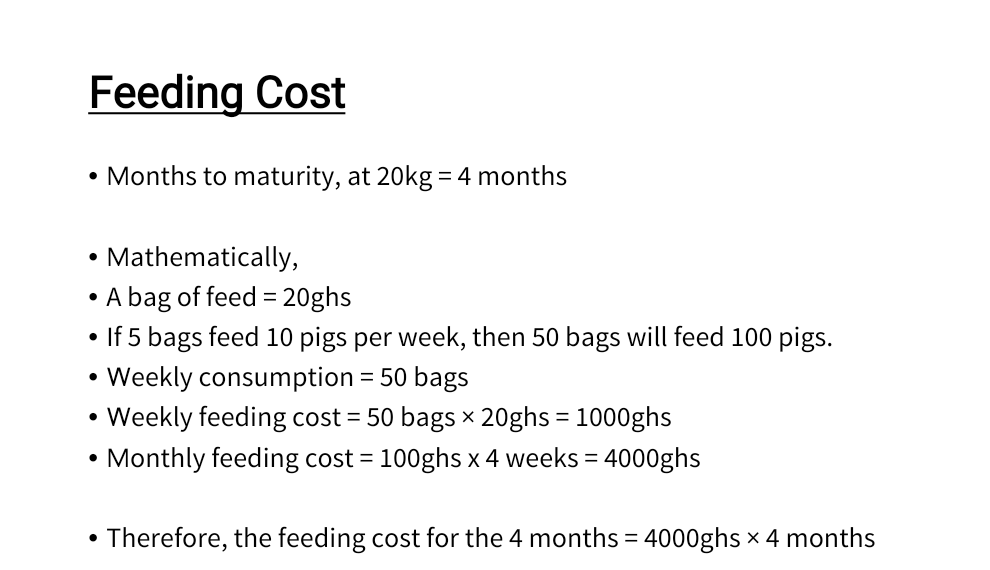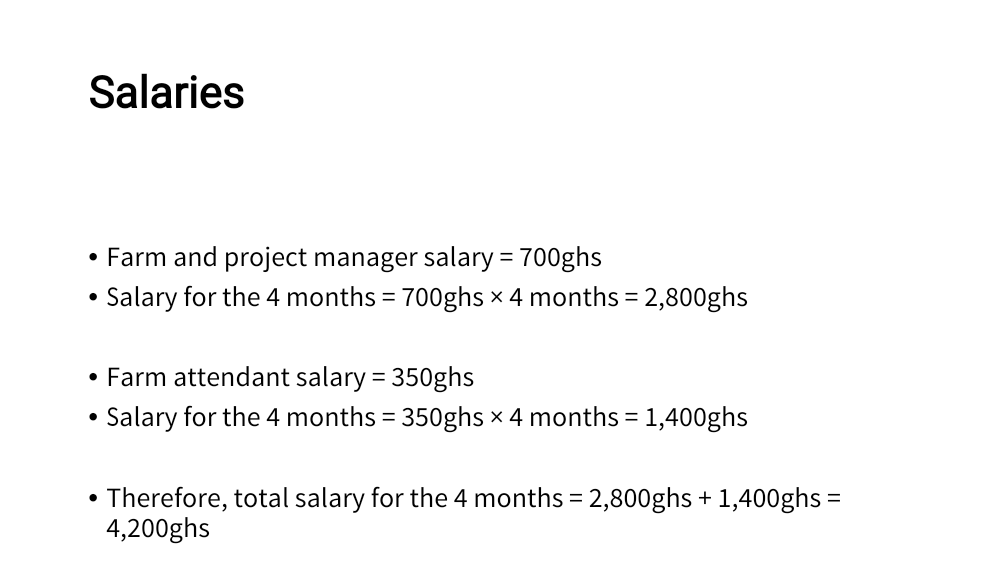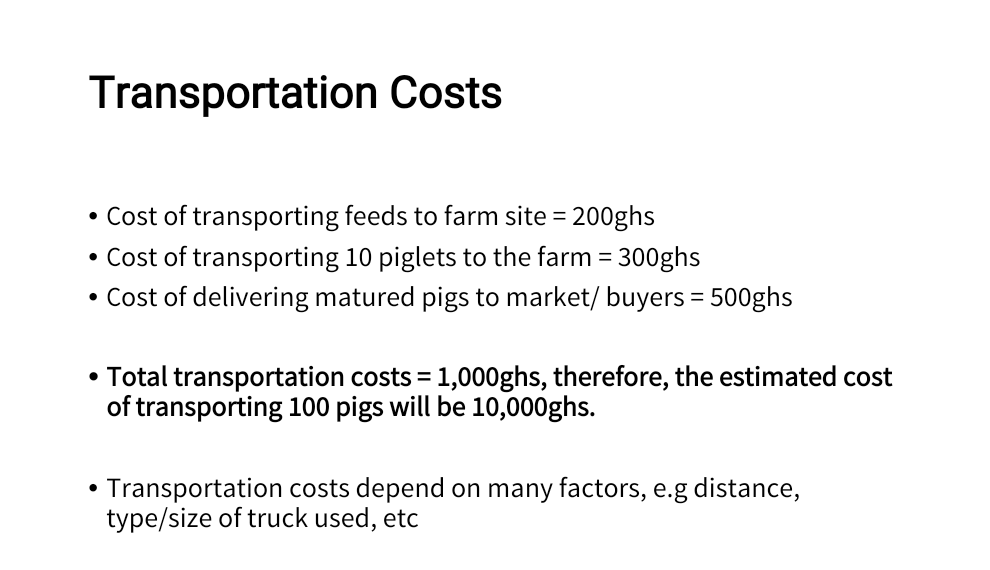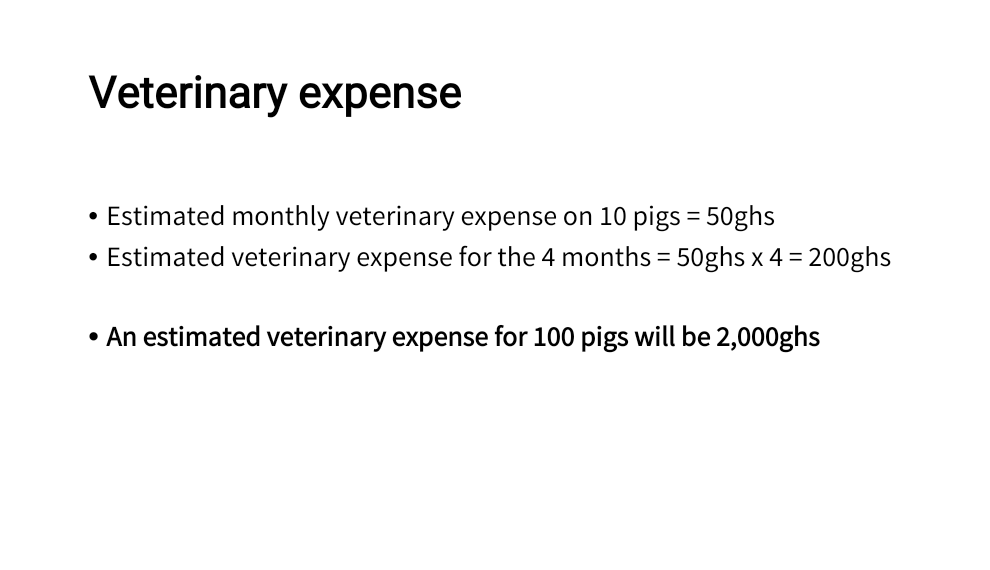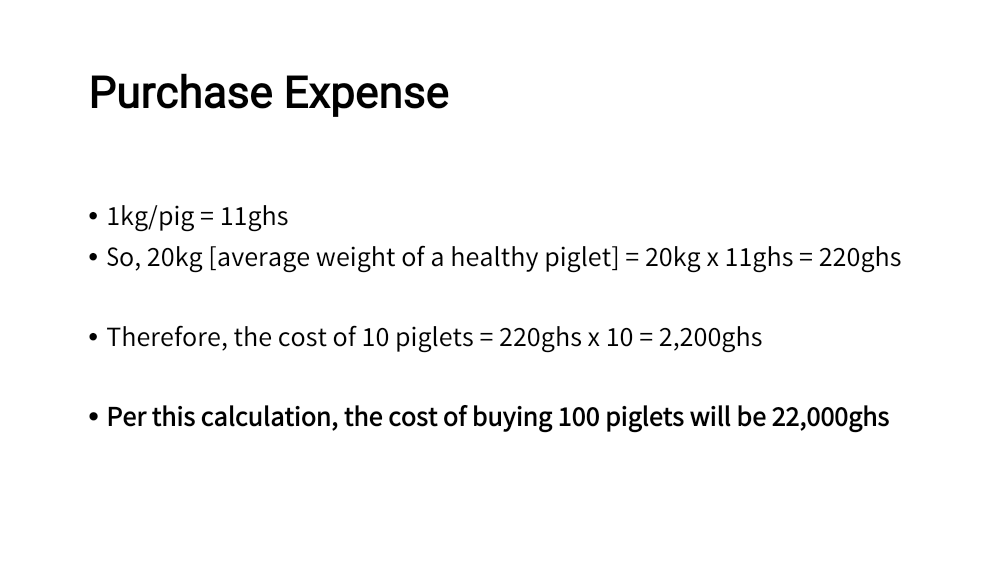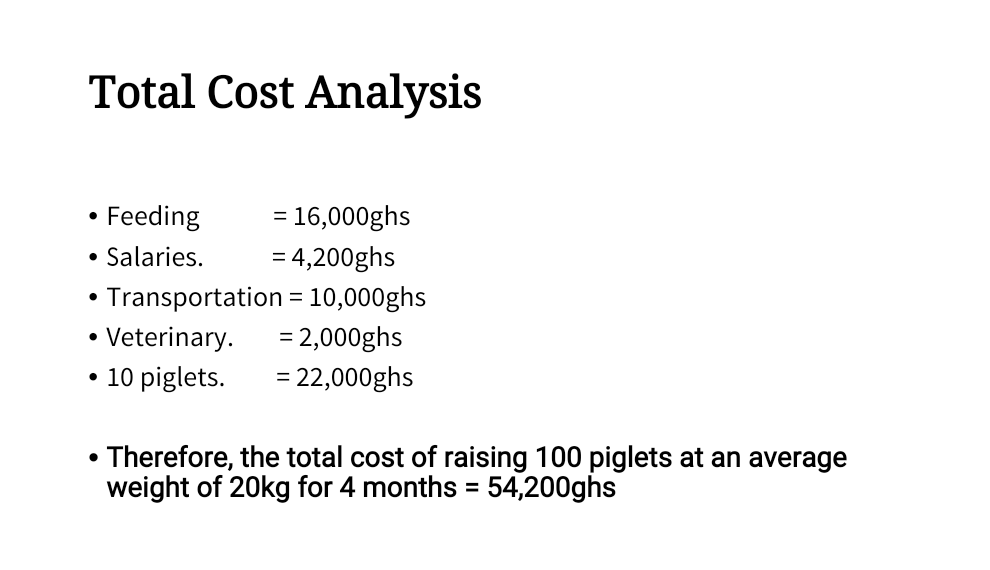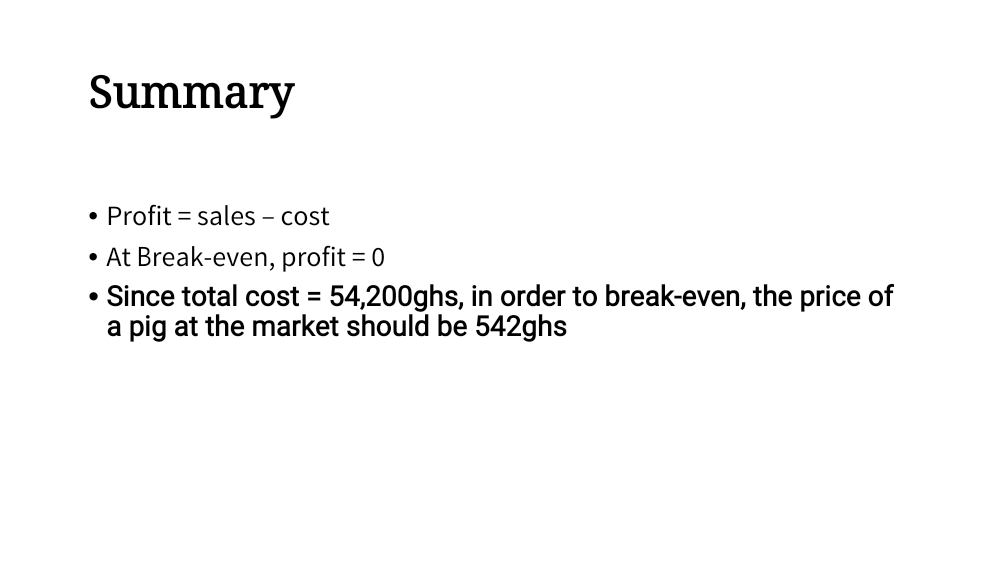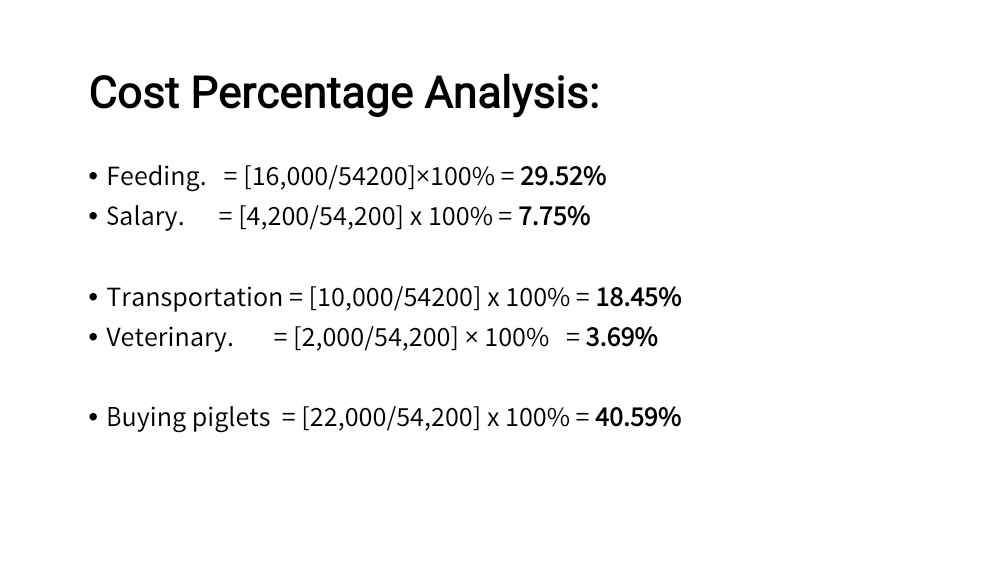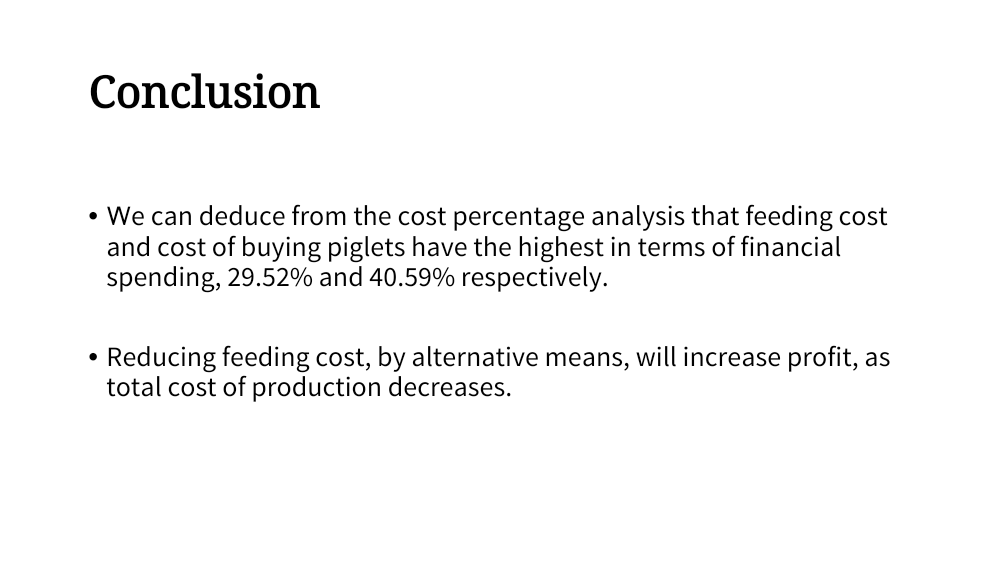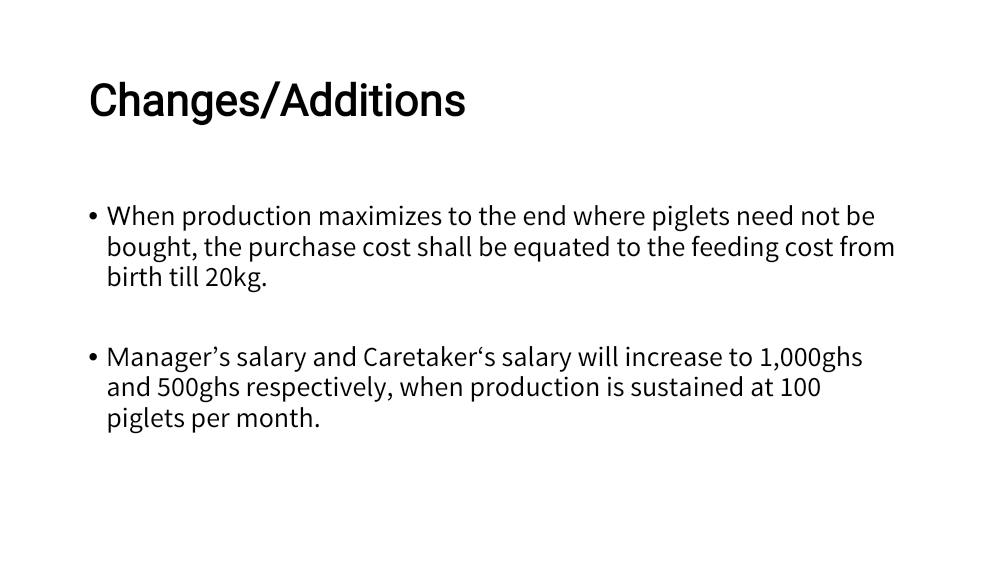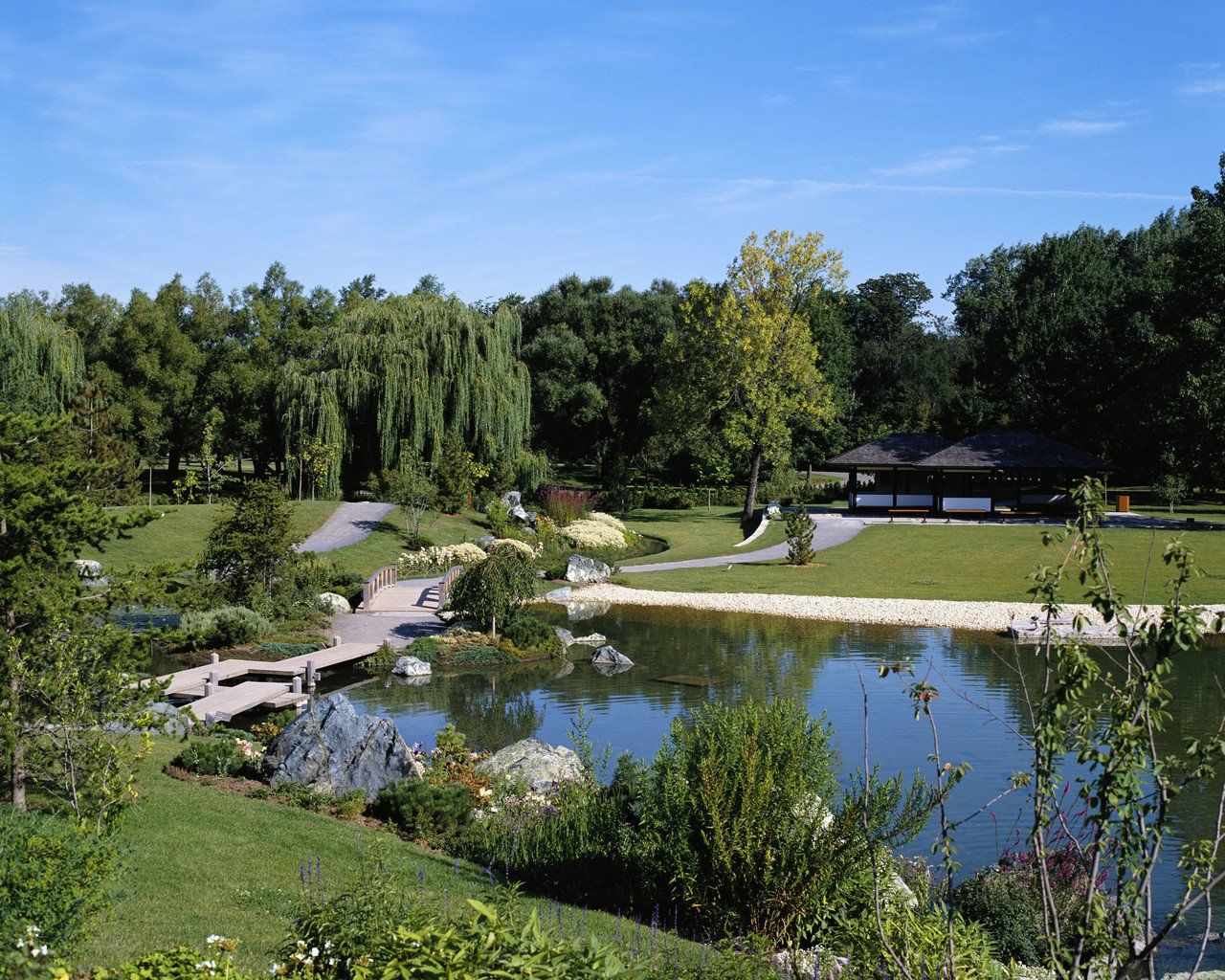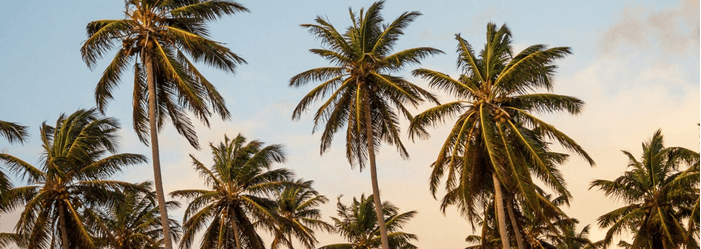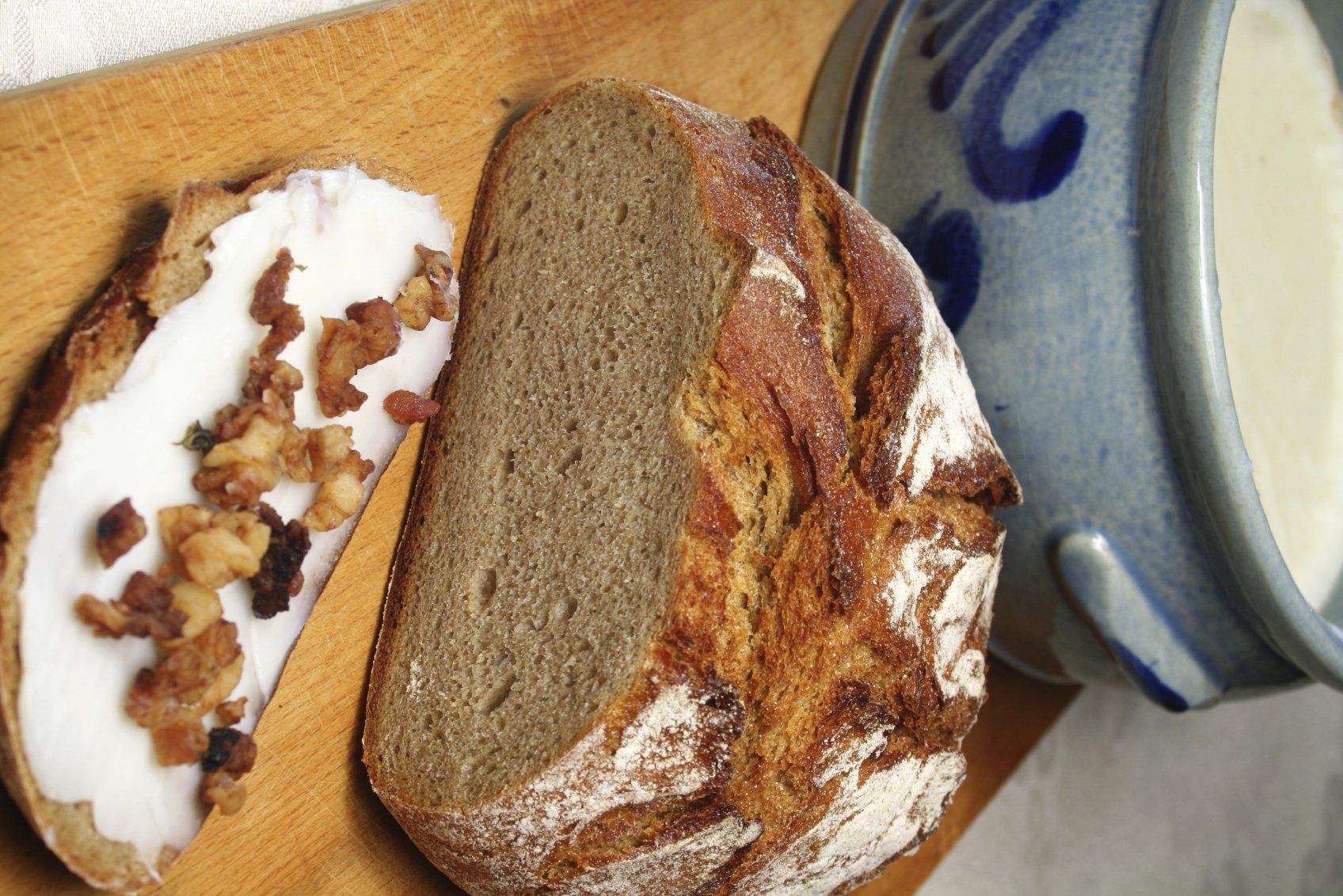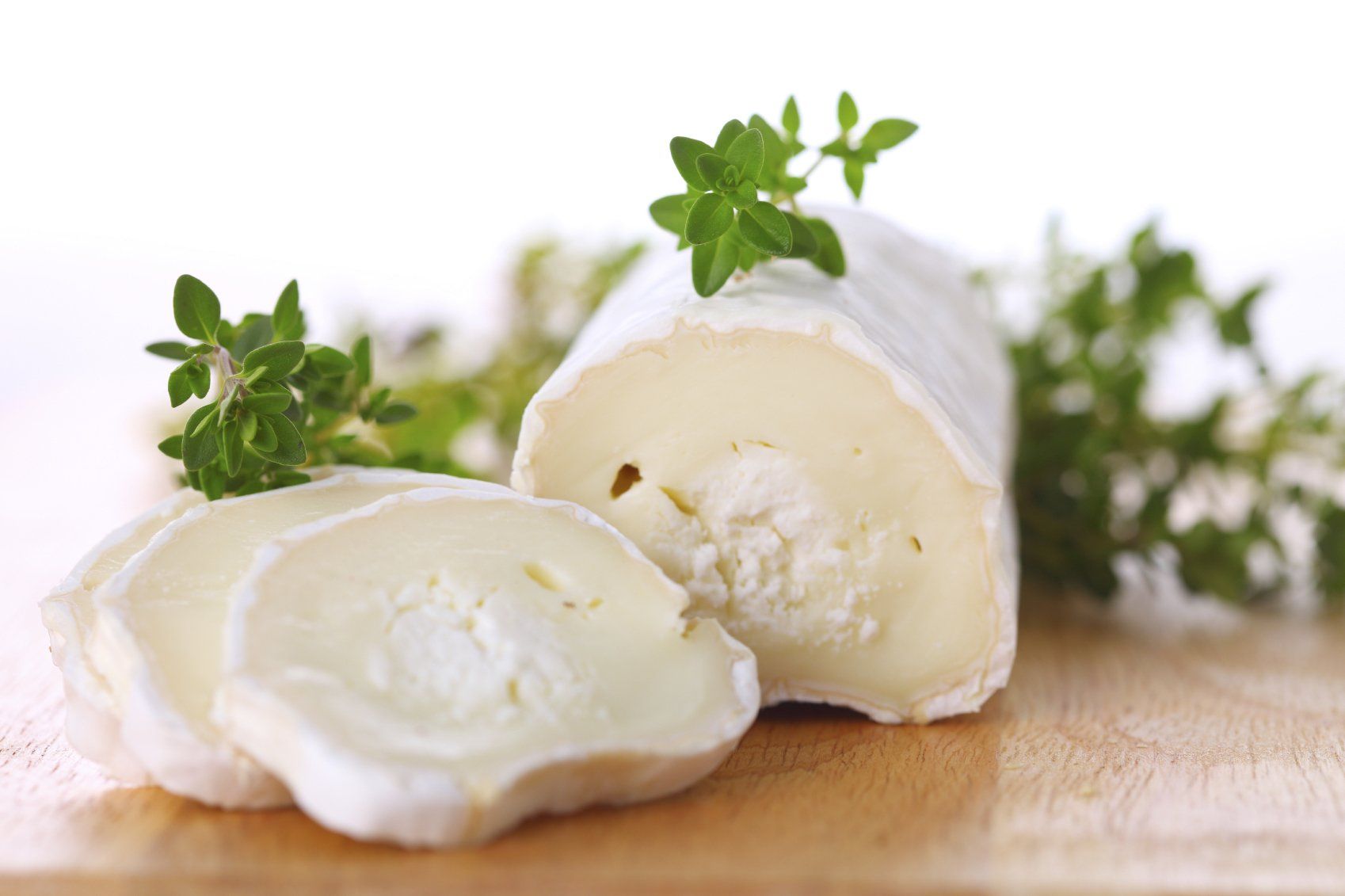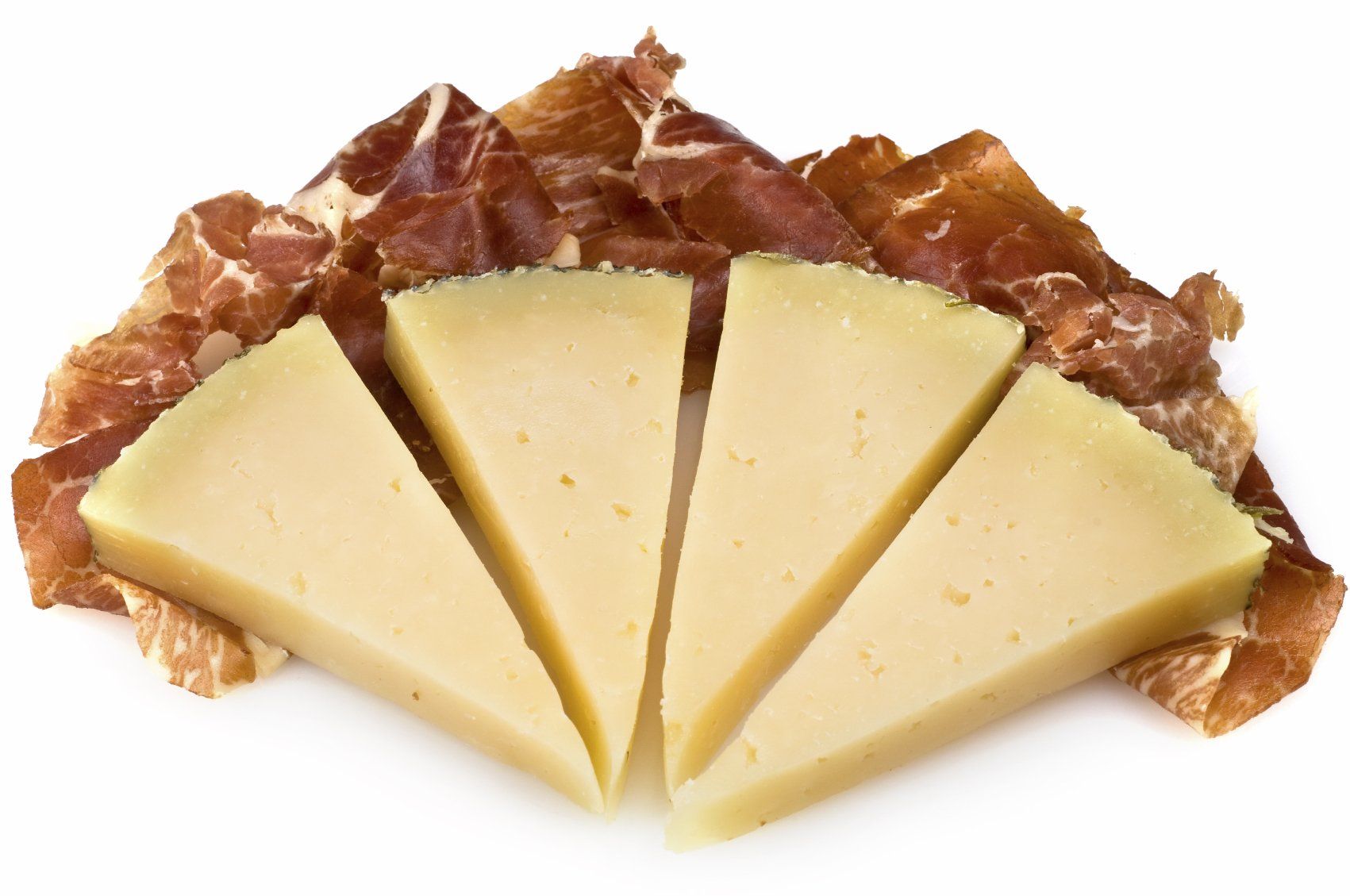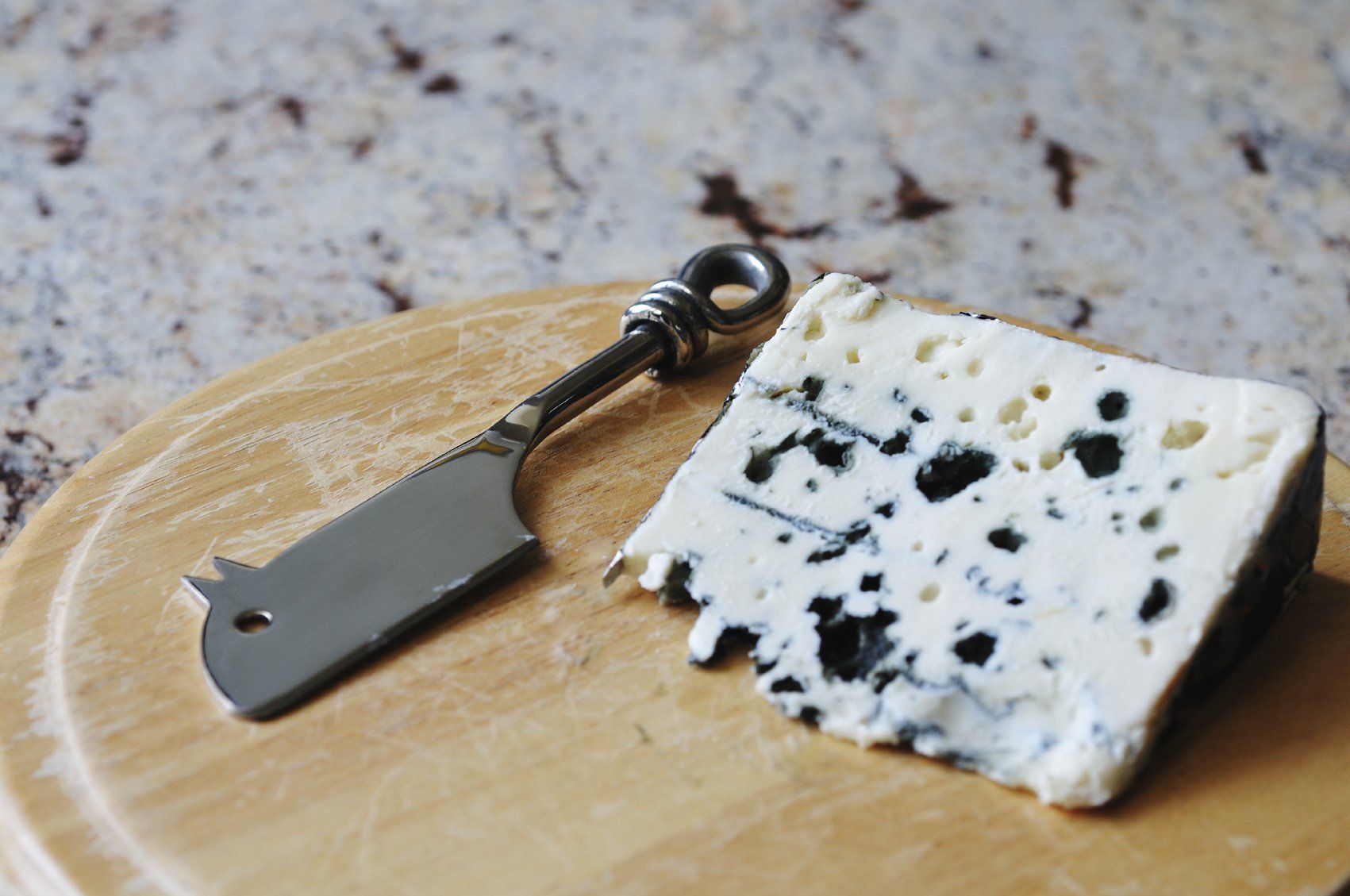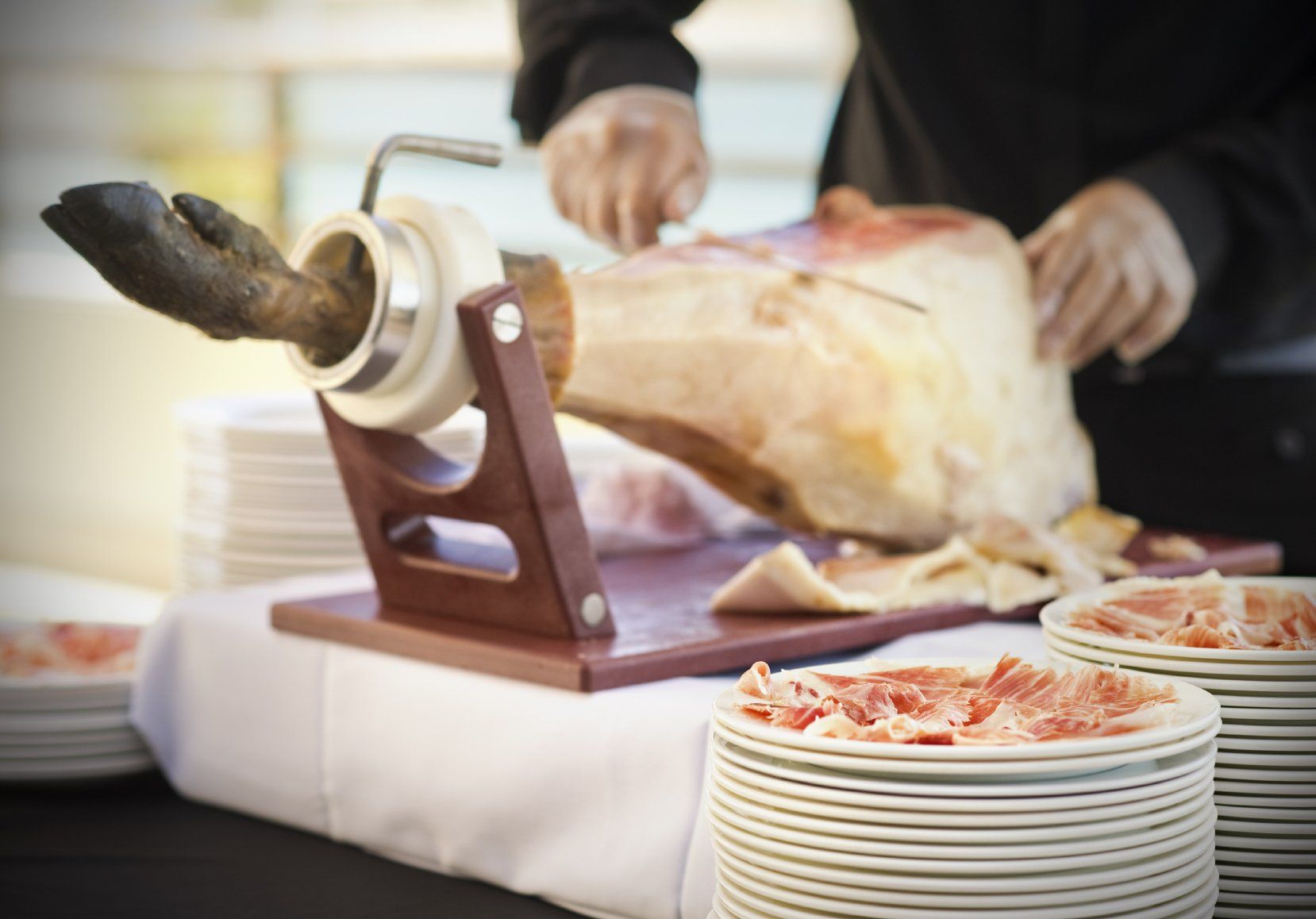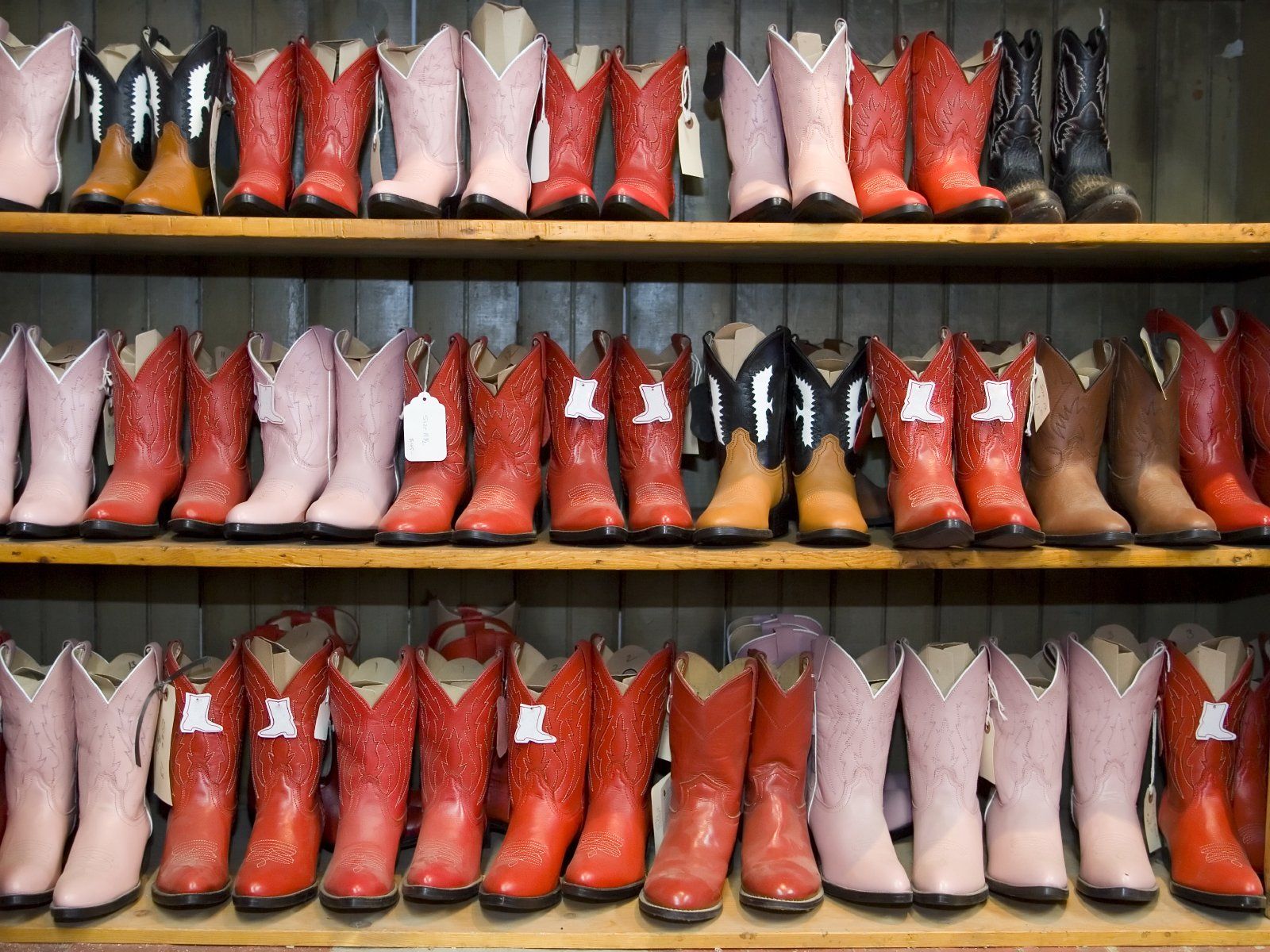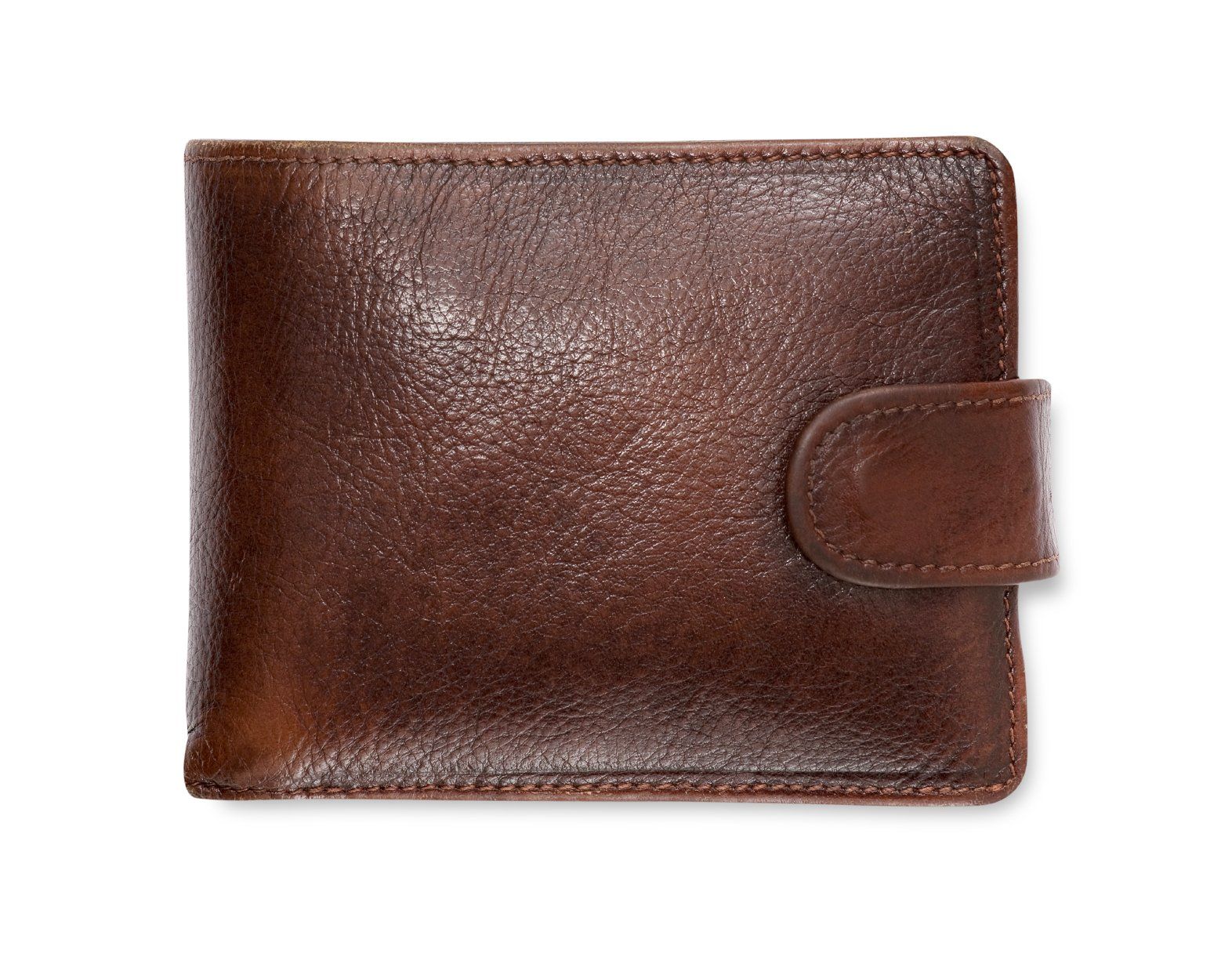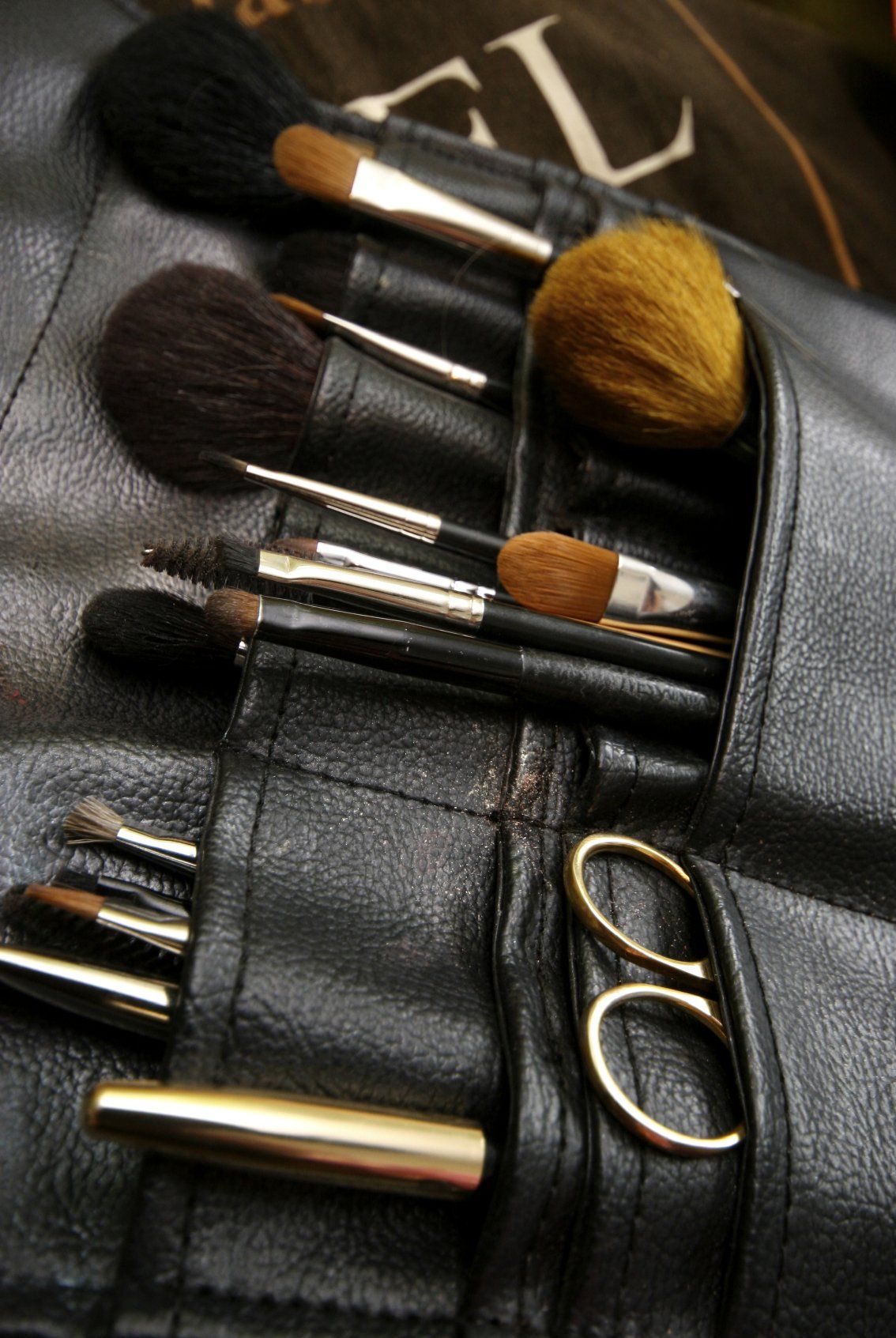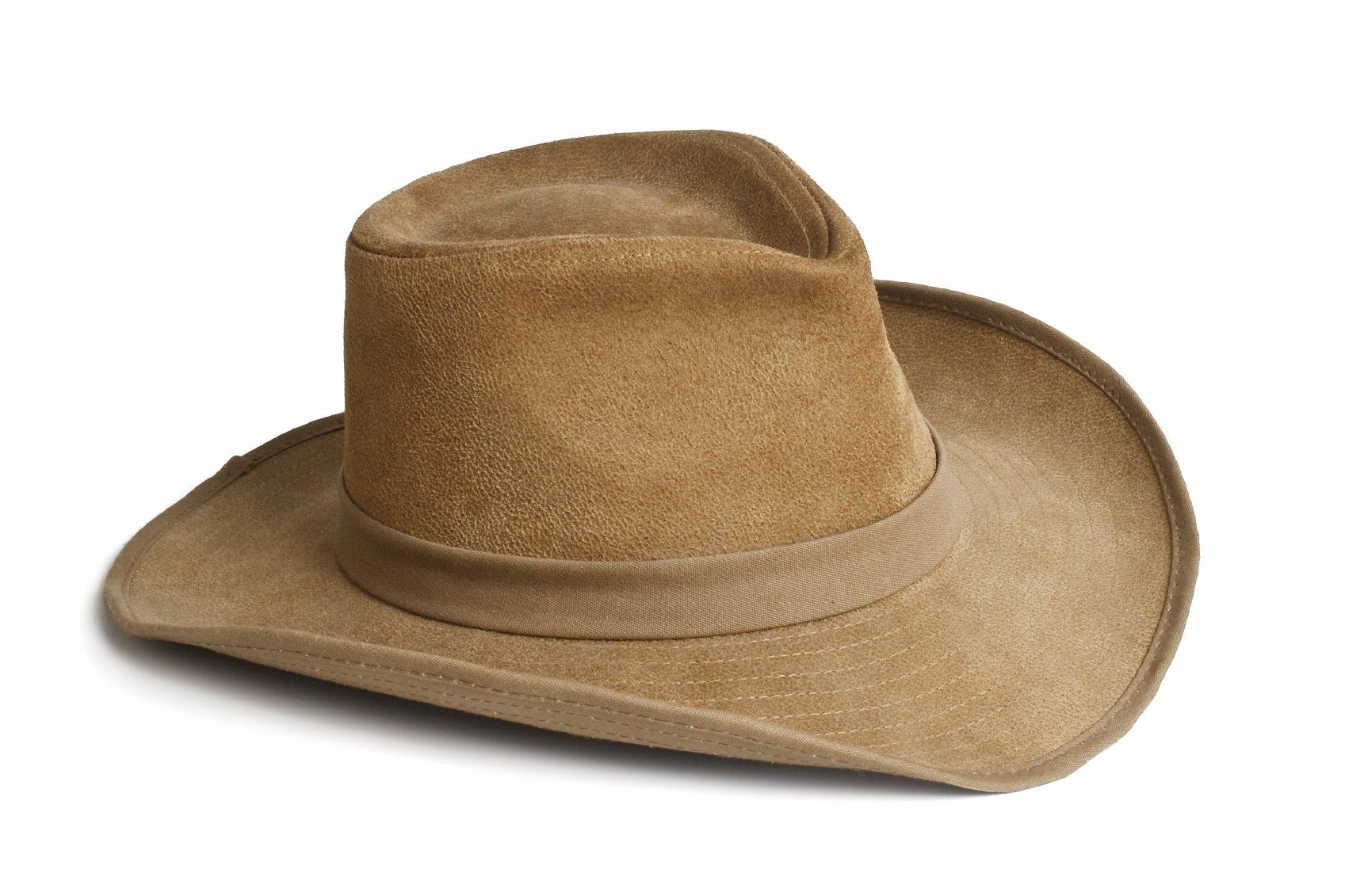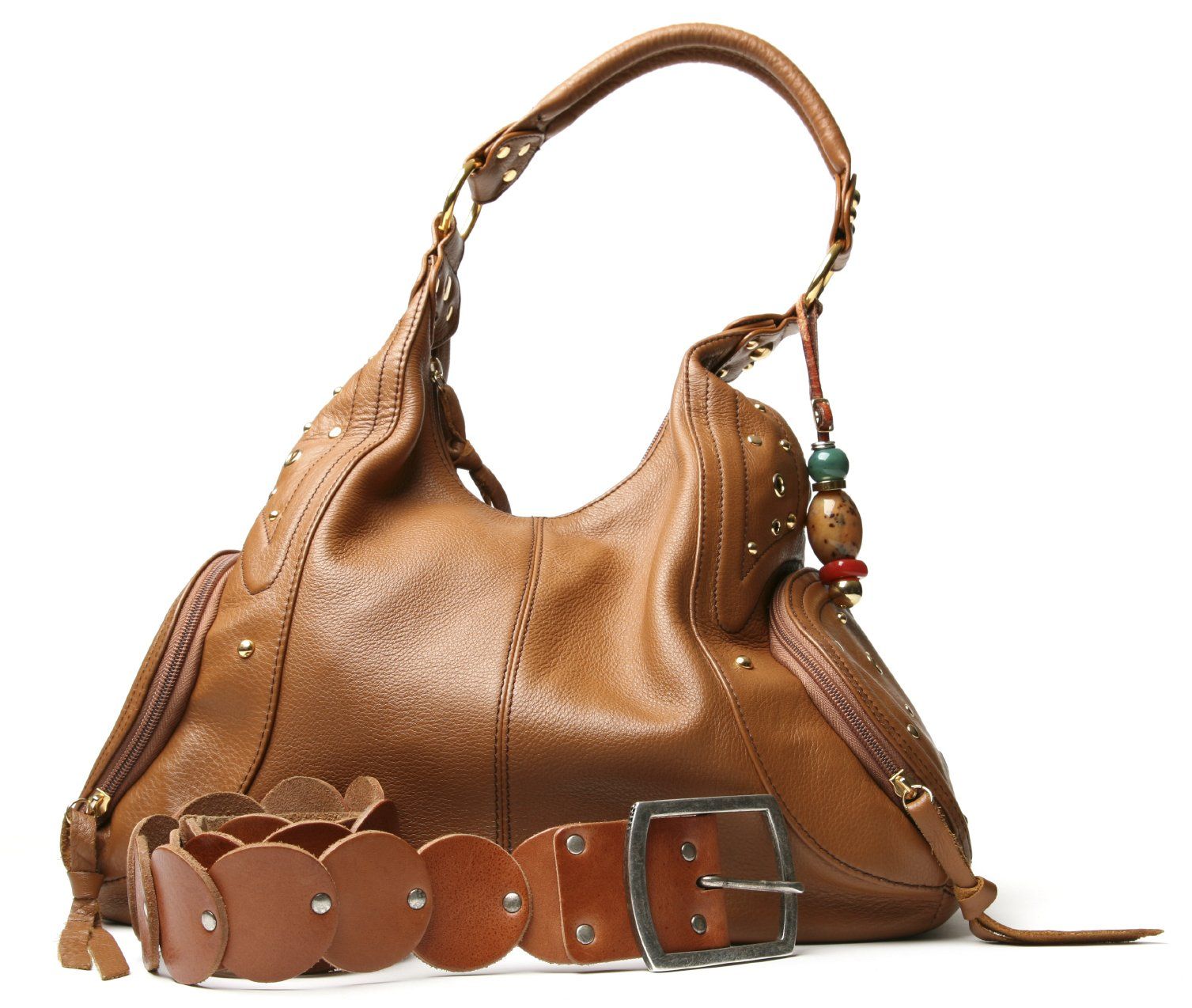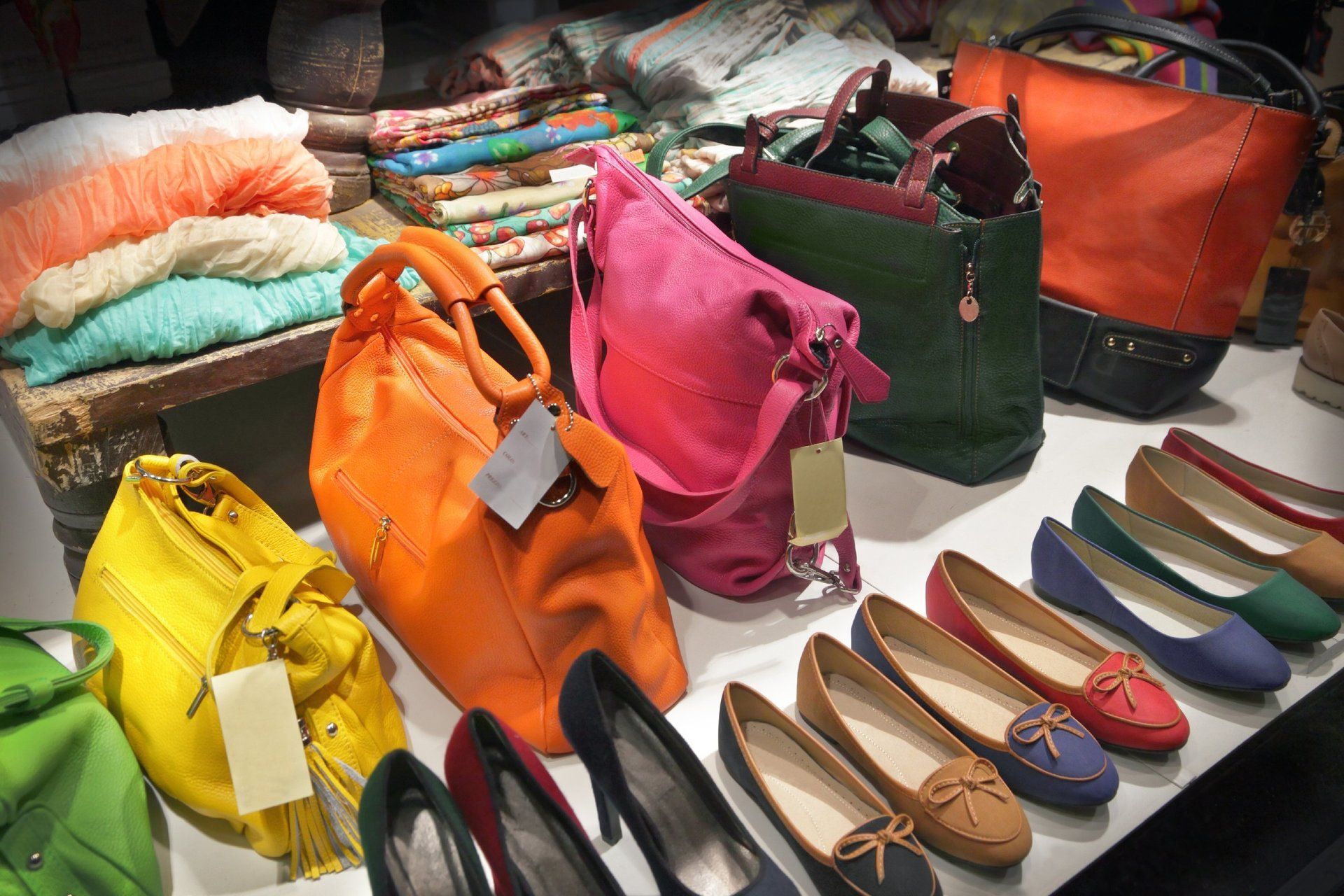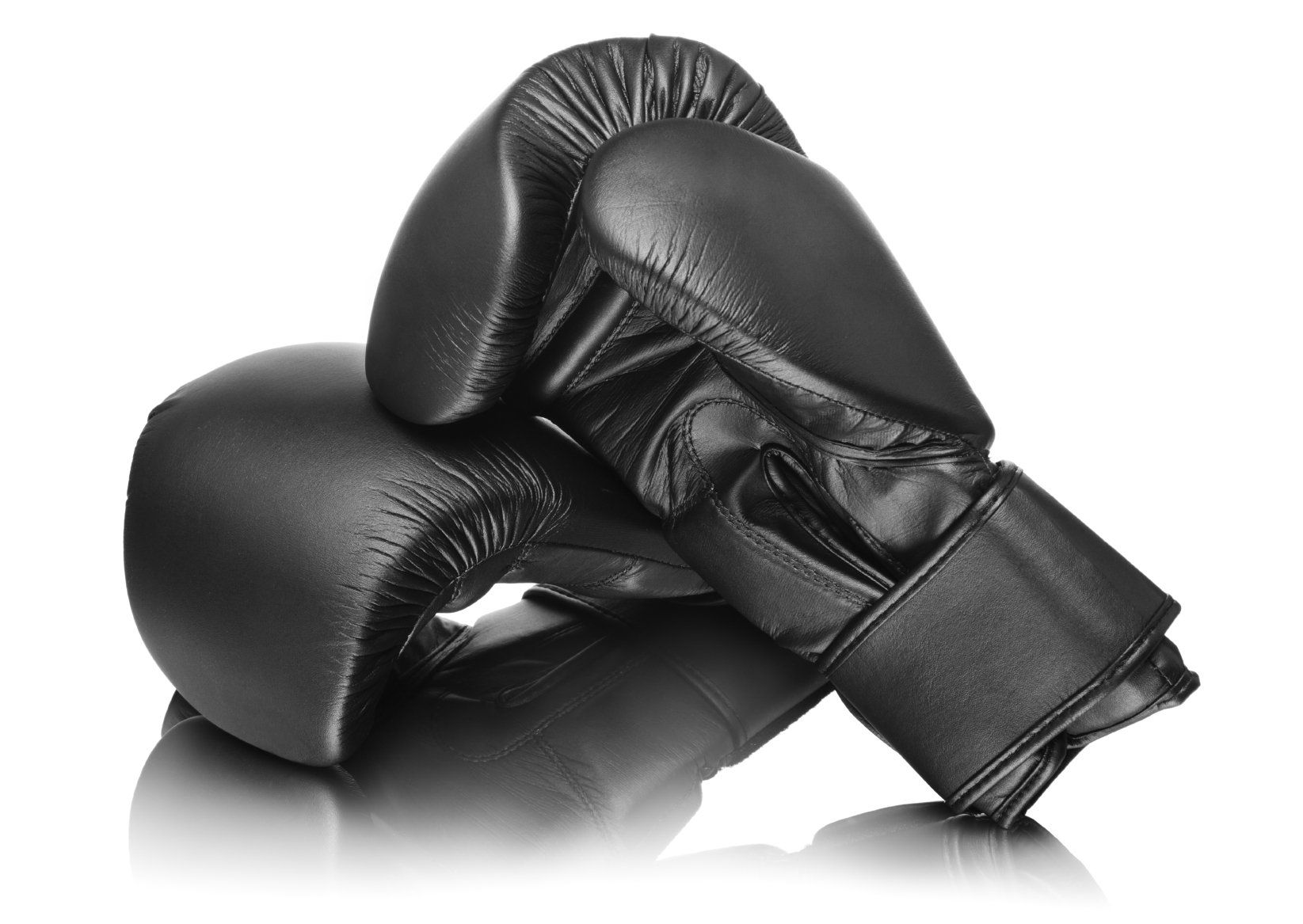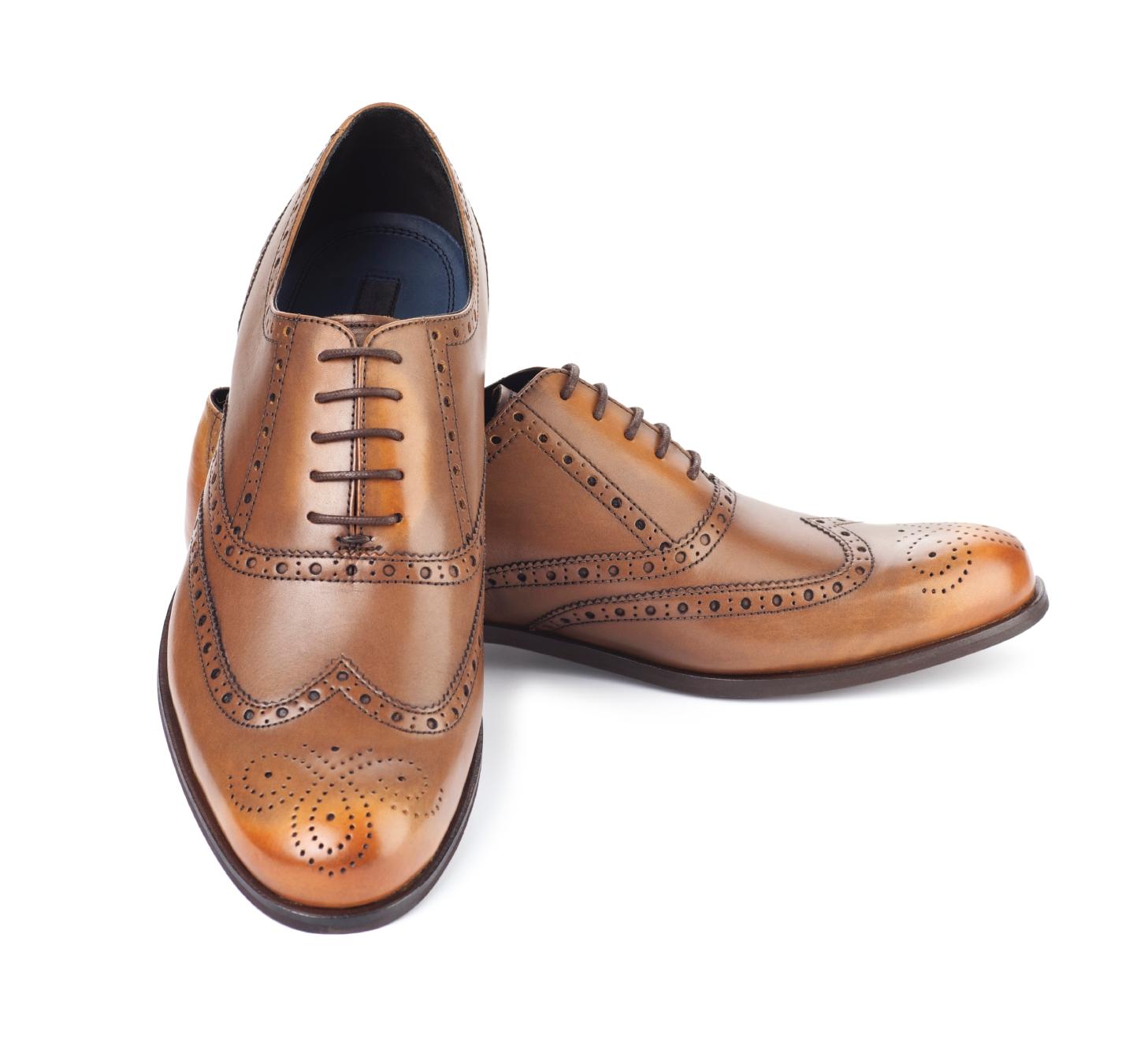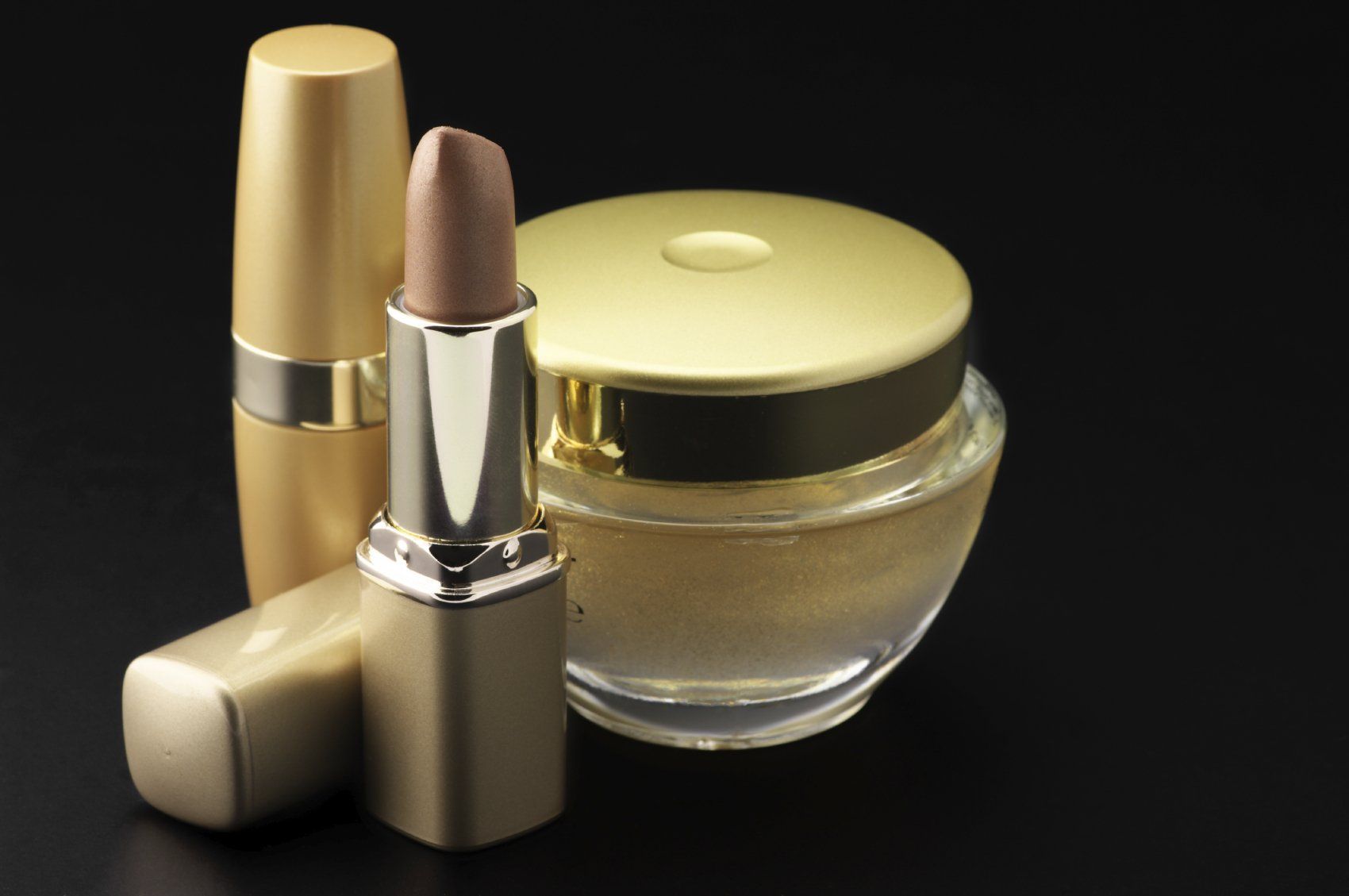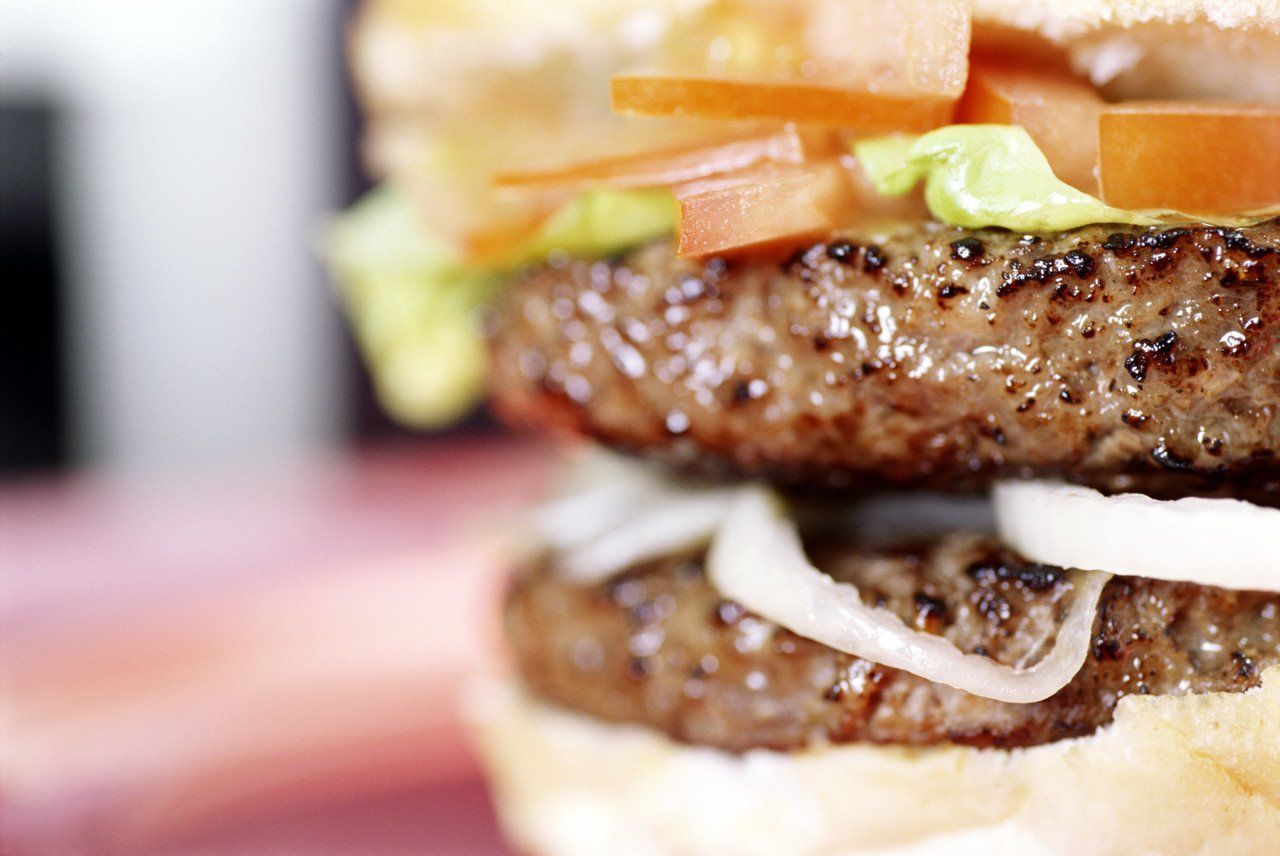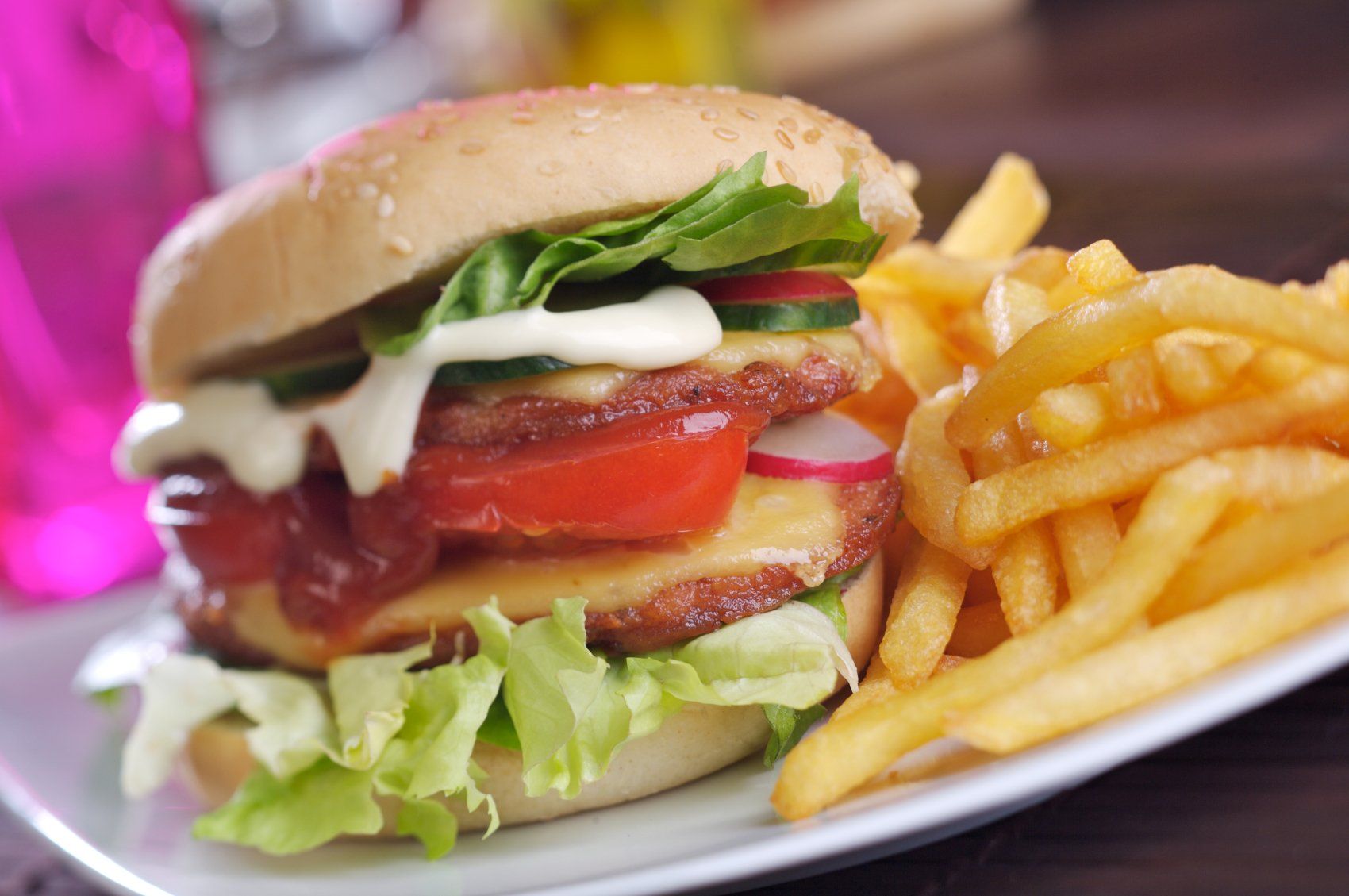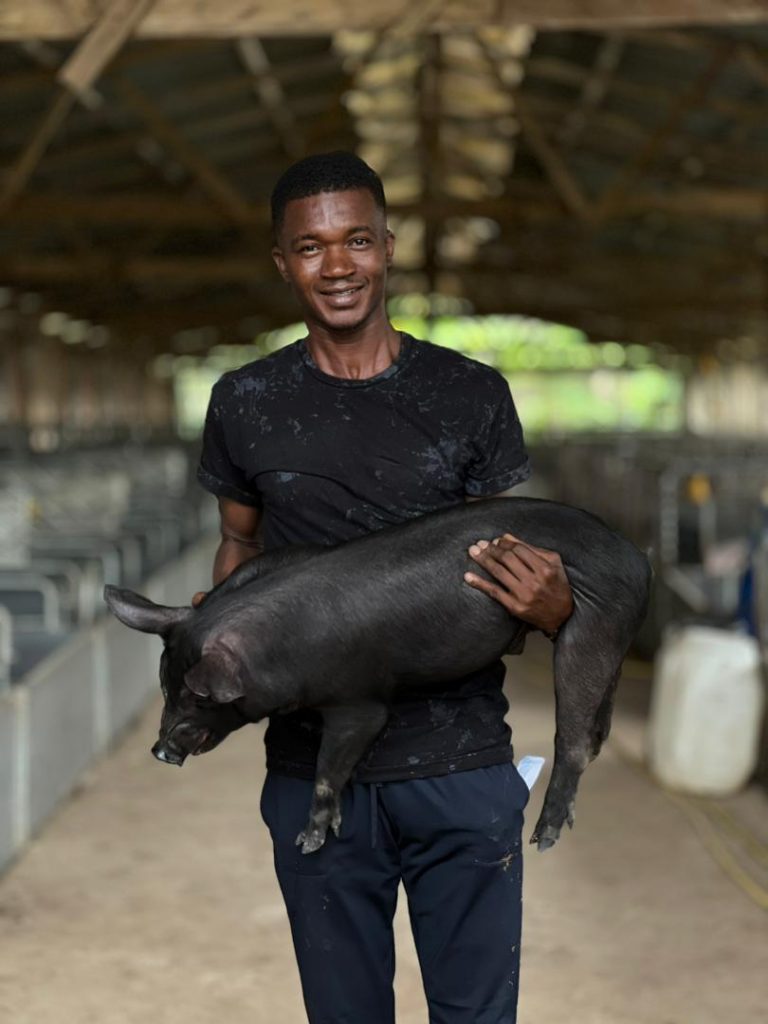- Uncategorized
- October 3, 2023
The Creator’s Principle of Abundance [Pt. 1]
The Creator’s principle of abundance: “every organic that sustains life or has the ability to sustain life on earth is programmed to multiply itself exponentially”.
The simplest explanation to the Creator’s Principle of Abundance is that everything that supports life on earth, is created by nature to produce itself in abundance to sustain life. Let’s look at corn/maize, for example. Just a single seed of corn may produce a plant which potentially yields more than six hundred kernels of corn per cob (husk). The fact that a single plant produces about four cobs of corn means that mathematically, we’re looking at a production of about 2,400 kernels of corn per plant [600 kernels/cob x 4 cobs = 2,400 kernels]. So, per the Creator’s Principle of Abundance, a seed of maize can produce 2,400 of itself when cultivated.
The cob, after the kernels are harvested, can be dried and ground into powder as feed for chickens and pigs.
The plant itself, from the root to the leaves, can be converted to feeds; for chickens, goats, pigs, sheep, and cows by using a feed pellet machine.
USES OF THE CORN KERNELS
Breakfast:
Corn Cereal, Hausa Koko, Ayigbe Koko, Tom Brown, Corn Pancakes, Corn Bread, Oblayo, Corn Pudding, etc.
Lunch/Dinner:
Banku, Fante Kenkey, Ga Kenkey, Agbl3 [Ewe tribe banku], Ugali [corn fufu], koki [corn Tamales], Tuo-zaai, tubani, waha, mgmera, etc.
Drinks:
Asana, Pito
Others:
corn starch, corn oil, corn shrubs, corn sugar, etc.
The Creator of our universe used the Principle of Abundance as the fundamental structure of our existence here on earth. Therefore, we have no excuse or reason to be poor or subject ourselves to poverty. However, laziness and failure to develop our farming and agriculture industry is the reason why majority are in poverty in Africa.

